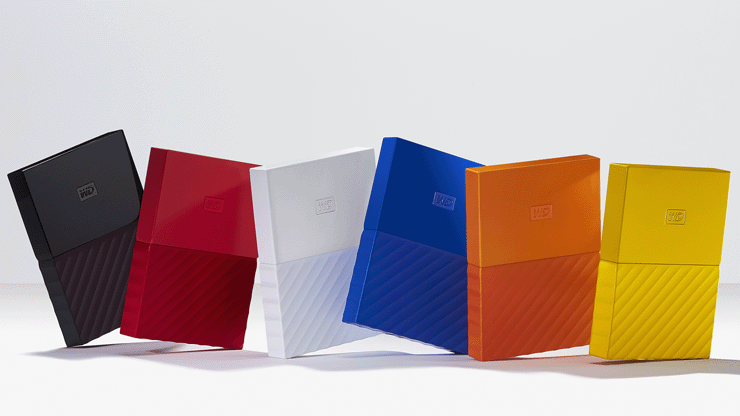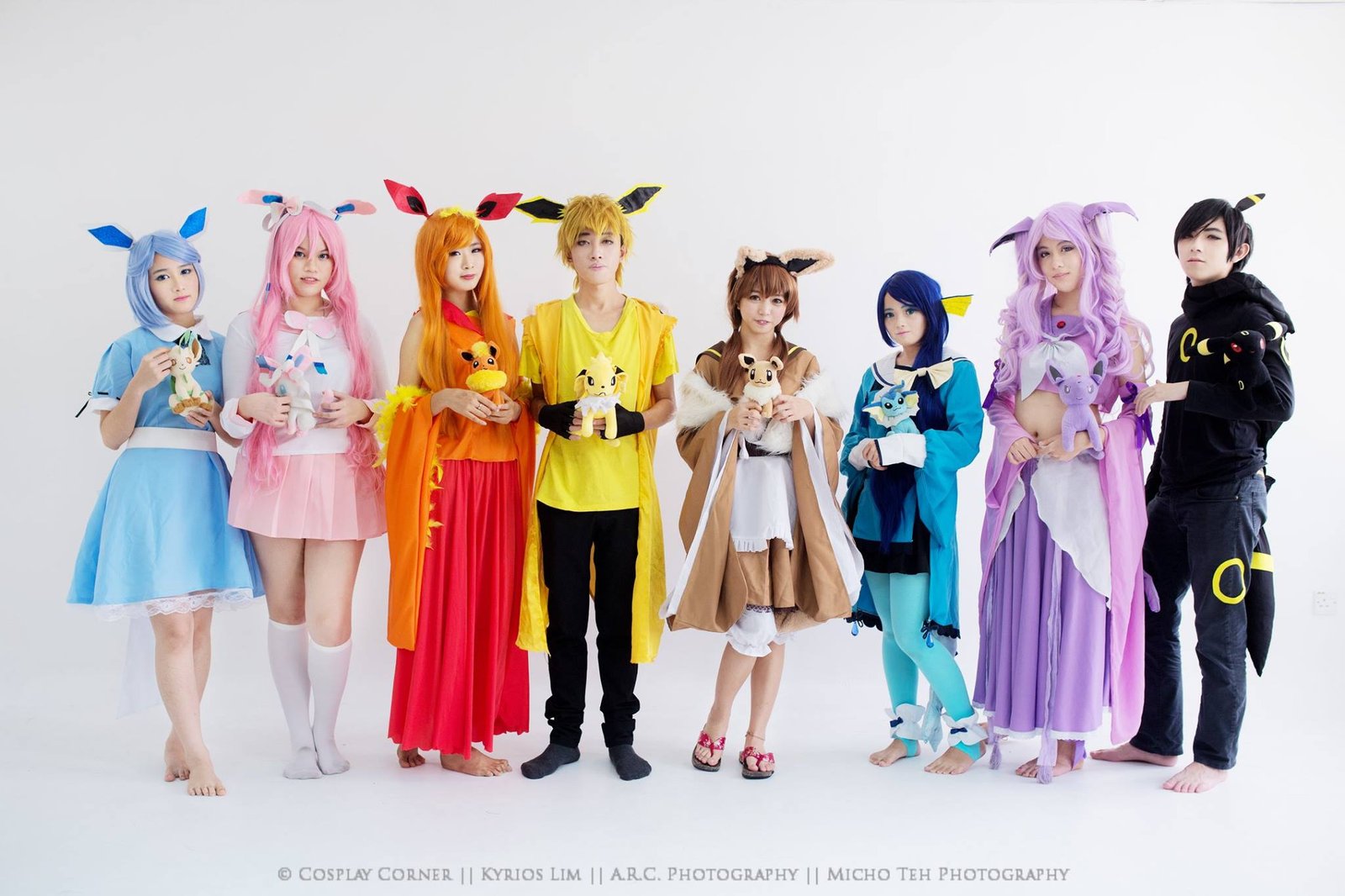For as long as we’ve known it, the gaming landscape has been moulded by the type of games that are popular at the moment. When Pokémon first hit the scene, Adventure/Action/Role Playing Games saw an immense surge in popularity. In recent years, we’ve seen an increasing emphasis on story-driven games, spearheaded by modern classics like Undertale and Life Is Strange. As trends continue to shift over the years, it doesn’t only pave a different path for games in the future, but also encourages the development of different gamers and gaming skills as well.
Now, let me ask: Do you know what kind of gamer you are? Typically, that answer comes easily to you based on the type of genres you enjoy, but perhaps there’s more depth to it than you think…
The Gamer Motivation Profile is a nifty little survey founded by game researchers Nick Yee and Nic Ducheneaut of Quantic Foundry. This 5-minute survey measures the 12 distinct motivations of players and then recommends you games based on your results. The 6 main categories of motivation are Action, Social, Mastery, Achievement, Immersion, and Creativity.

Since its inception in 2015, over 250,000 gamers across the world have participated in this survey. The aim of it is to help game development companies understand what types of games most players are gravitating towards, as well as the typical clusters of behaviour players typically engage in when gaming. For example, you would typically expect Destruction and Competition to be interlinked (what with the consistent stream of Action MMOs receiving attention each year), but the relationship between them is a lot further apart than you would expect.
One of their findings after a year of research showed that Competition was the most popular gamer motivation among younger gamers (aged 13-25 years old), beating out Destruction by almost 50% higher frequency. What more, other aspects that I would typically associate with competition such as Strategy, Challenge and Excitement scored significantly less in this age group. This indicates that younger gamers don’t place as much importance on those aspects in games despite the crucial role they may play in the game as a whole.
Other research outcomes they realised were that men were the most motivated by Competition and Destruction, whereas females were more motivated by Fantasy and Completion. However, once gamers reach the age of 36 and above, Fantasy and Completion become the most common motivations and Competition drops to the end of the scale.

It’s interesting to see the results Quantic Foundry have put together. Not only have they broken down their findings in terms of basic gender and age, they’ve also applied it to several timely topics in gaming today such as the gender of playable characters, what weapons are preferred amongst different genders, and even combat approaches in-game. If you’re interested in reading more, check out their blog here!
Otherwise, I highly encourage that you take this survey for yourself. It’s a great way to understand your own gaming habits in greater detail, and it may even help you pick out your next title to go on an adventure with! You can take the survey HERE.












